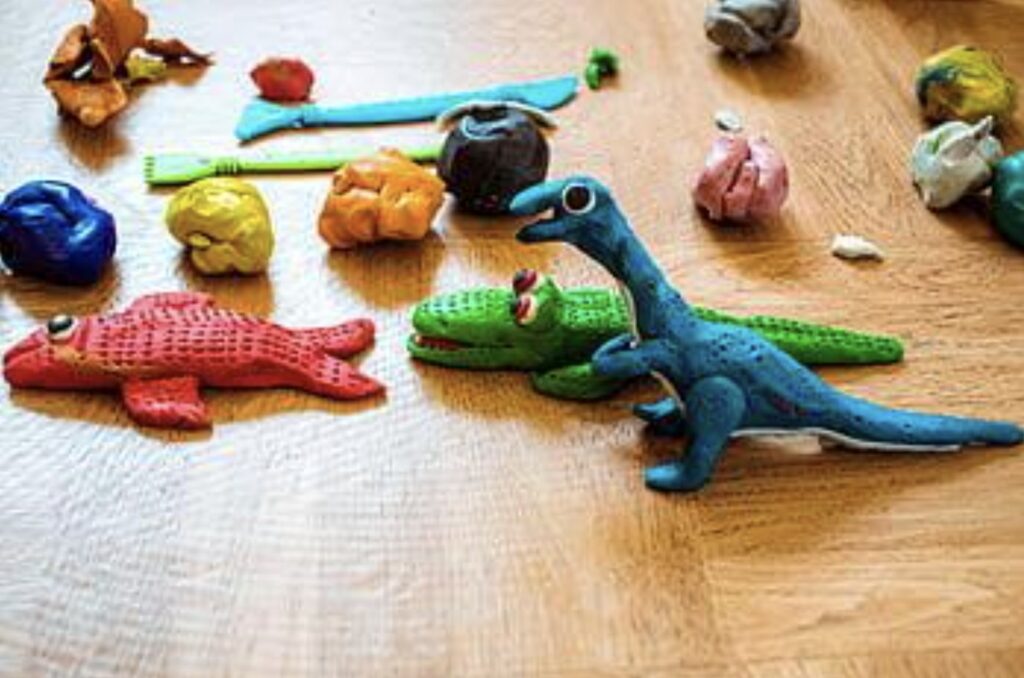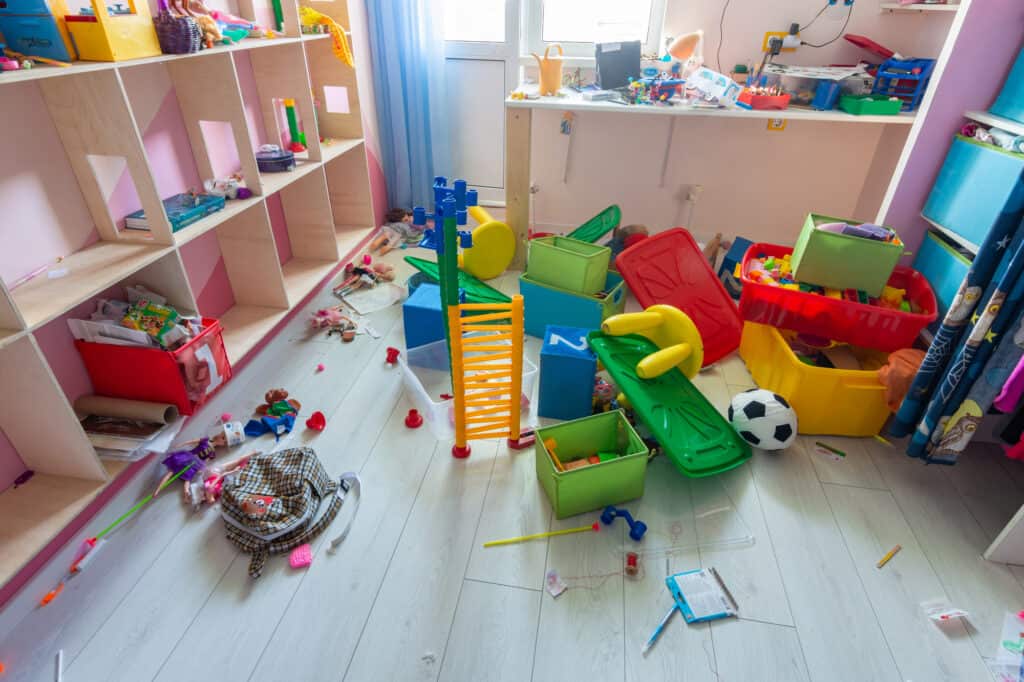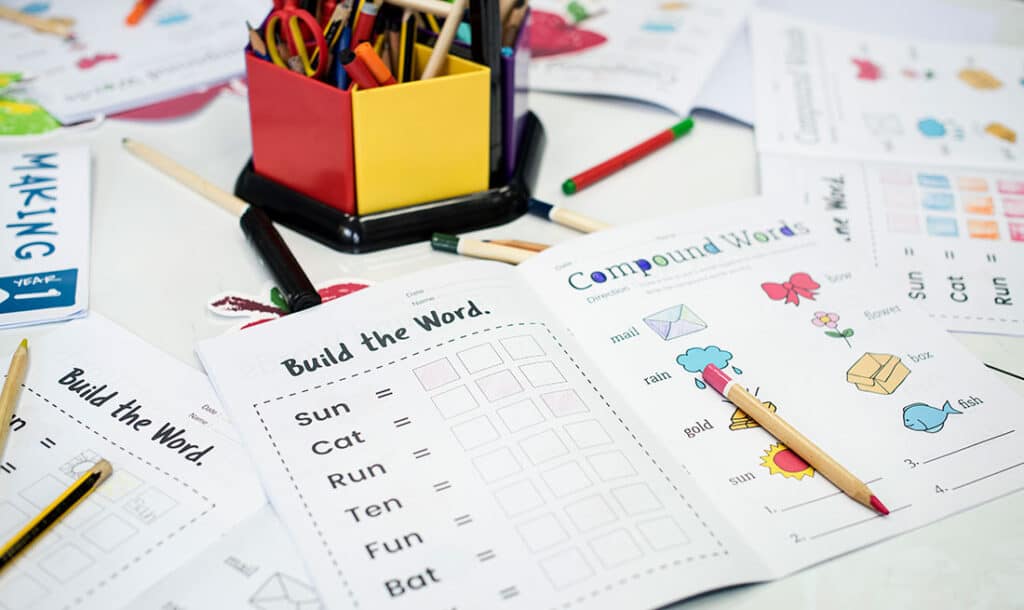Learning in early childhood doesn’t just happen by chance—it thrives in the right environment, with the right tools. One of the most effective materials in Montessori education is the Montessori Red Rods.
At first glance, they may look simple: a set of ten red wooden rods of varying lengths.

But beneath that simplicity lies a powerful learning tool designed to sharpen a child’s senses, build focus, and lay the foundation for future math concepts.
In this guide, we’ll walk through what Montessori Red Rods are, why they matter, and how to use them step by step.
By the end, you’ll not only understand their purpose but also feel confident using them with your child at home or in a classroom setting.
What Are Montessori Red Rods?
The Montessori Red Rods are a set of ten wooden rods painted in solid red. They range in length from 10 cm (about 4 inches) to 1 meter (about 39 inches), increasing in size by equal increments.
The design may seem simple, but that’s intentional. By removing distractions such as colors, textures, or patterns, children can fully focus on the concept of length.
This aligns with Maria Montessori’s principle of isolating one difficulty at a time, making it easier for children to master the skill.
At Dannico Woodworks, we believe in the value of high-quality, child-safe learning tools. That’s why our furniture and designs echo the same Montessori principles: clean lines, safe finishes, and materials that support growth without distraction.
Why Are Montessori Red Rods Important?
The Red Rods aren’t just for stacking and organizing. They serve several developmental purposes:
- Visual Discrimination of Length
Children learn to see and compare differences in size. This prepares their brains for more abstract concepts in math and geometry. - Preparation for Math
Working with rods in a sequence introduces the foundation for understanding numbers, sequencing, and measurement. Later, children use Number Rods, which build directly on this concept. - Coordination and Concentration
Carrying and placing the long rods requires care, balance, and patience. Children build focus and refine their motor skills as they handle them. - Problem-Solving and Independence
When left to explore, children naturally experiment with arranging the rods. They make discoveries on their own, boosting confidence and problem-solving skills.
At its core, the Montessori method is about creating independence through meaningful exploration—and the Red Rods are an ideal example of that.
How To Use Montessori Red Rods: A Step-By-Step Guide
Here’s how you can introduce and guide your child with the Red Rods at home or in a learning space.
Step 1: Prepare the Space
- Clear a mat or floor space.
- Place all ten rods randomly on the mat, making sure they’re not arranged in order yet.
- Encourage a quiet, focused environment so your child can concentrate.
Step 2: Introduce the Rods
- Start by showing your child the shortest rod and the longest rod.
- Place them side by side and say: “This one is short, and this one is long.”
- Keep it simple—your goal is to highlight length, not overwhelm with details.
Step 3: Build the Stair (Ordering the Rods)
- Invite your child to arrange the rods from shortest to longest.
- If they’re unsure, guide gently: place one rod, then ask, “Which one comes next?”
- As they line them up, a visual stair-like pattern forms. This is often called the “Red Rod Stair.”
Step 4: Explore and Repeat
- Once the stair is complete, admire the work with your child.
- Encourage them to run their hands along the rods to feel the gradual change in length.
- Allow repetition. Children may want to build and rebuild the stair multiple times—that’s how learning solidifies.
Step 5: Extensions and Variations
Once your child is comfortable, you can introduce variations to keep learning fresh:
- Guessing Game: Pick a rod and ask your child to bring “the rod that is longer” or “the rod that is shorter.”
- Memory Game: Place a rod in another room and ask your child to find the matching one from memory.
- Advanced Play: Combine Red Rods with Number Rods later to connect length with quantity.
Tips for Success
- Follow the Child: If they lose interest, don’t push. You can always return to the activity later.
- Use Quality Materials: Well-made rods with smooth finishes are easier and safer for children to handle. At Dannico Woodworks, our approach to crafting children’s furniture reflects this same principle—durability, safety, and simplicity.
- Be Patient: Montessori learning is about discovery, not speed. Allow your child to explore at their own pace.
- Keep It Fun: Avoid turning it into a “lesson.” Think of it as play with purpose.
FAQs
At what age can children start using the Red Rods?
Typically, children are introduced to Red Rods around 3 to 4 years old, but it depends on their readiness.
Do I need the full set, or can I start with fewer rods?
It’s best to use the full set of ten so the child can clearly see the sequence. However, if space is limited, you can start small and build up.
What’s the difference between Red Rods and Number Rods?
- Red Rods focus only on length.
- Number Rods look similar but are divided into red and blue segments to represent numbers. Red Rods prepare the child for Number Rods by establishing the concept of sequence and size.
Can I make Red Rods at home?
Yes, but be mindful of accuracy and safety. Uneven lengths or rough edges can confuse the child or pose risks. If you’d rather not make them, investing in a high-quality set ensures durability and precision.
Conclusion
The Montessori Red Rods may look like simple pieces of wood, but in a child’s hands, they become powerful tools for learning.
They teach focus, coordination, and a deep understanding of length and order—skills that later connect to math, problem-solving, and independence.
At Dannico Woodworks, we believe that learning happens best in environments designed with care. Just as Montessori materials are thoughtfully crafted, our children’s furniture is built with the same philosophy: durable, safe, and made to support growth.
So, when your child sits down to work with Red Rods, you’re not just teaching them about length—you’re giving them the foundation for lifelong learning.
What learning materials or activities have you found spark the most curiosity in your child?





